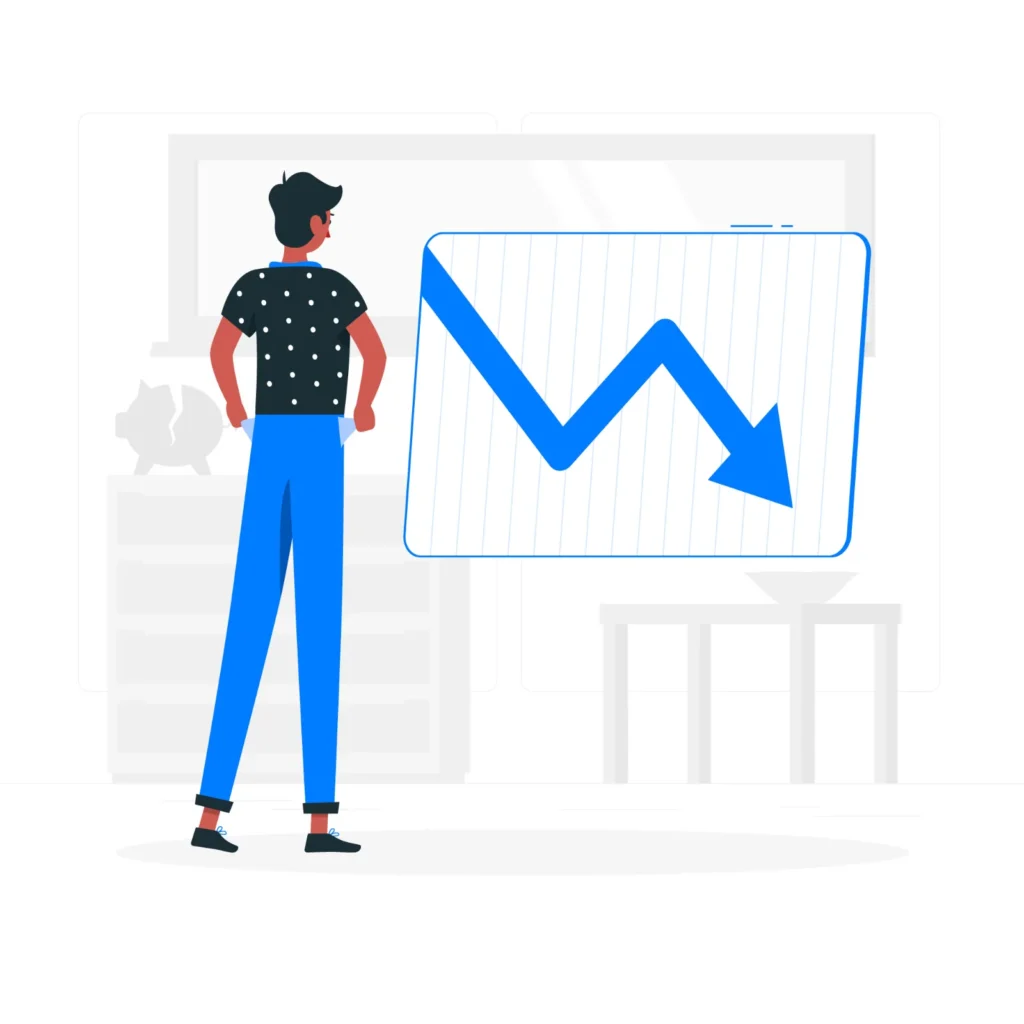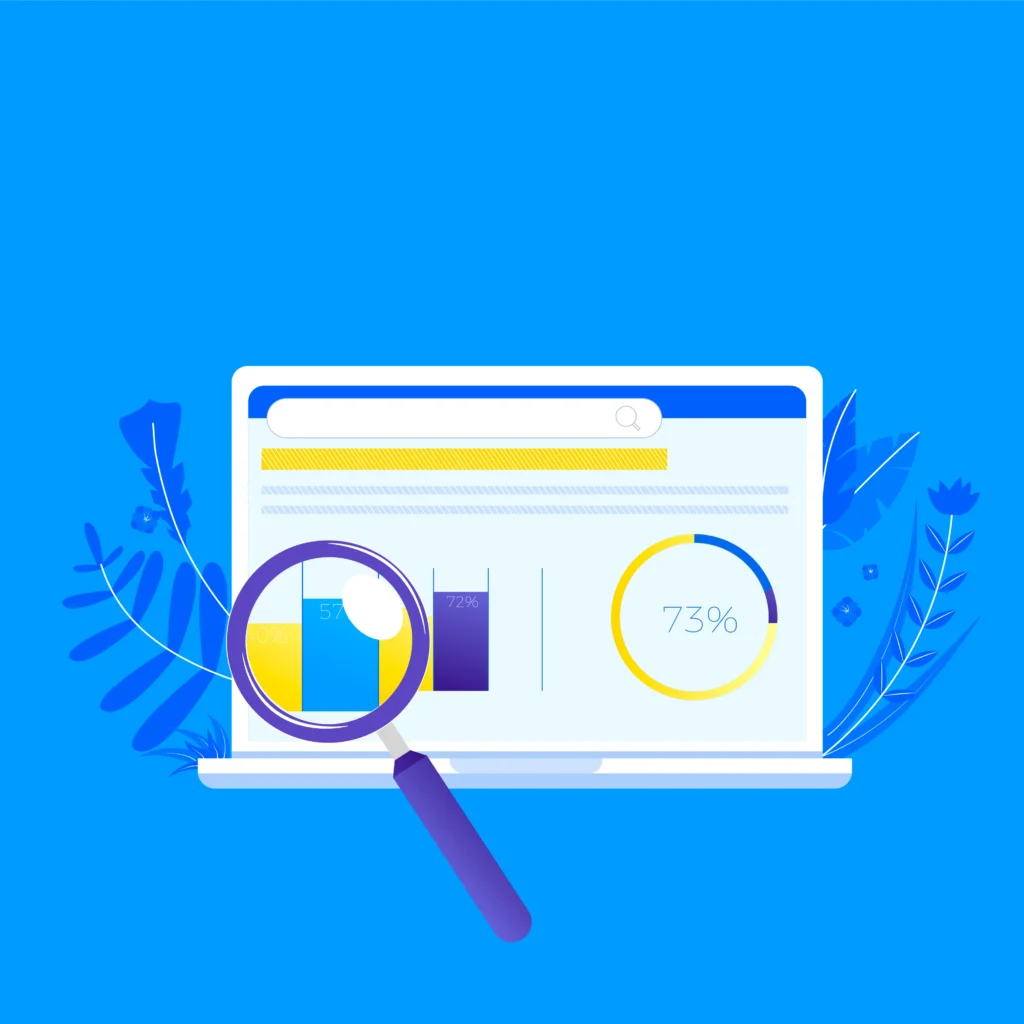Choosing the right platform for your ads campaign is crucial to the success of your business. With a myriad of options available, each offering unique features and benefits, the decision can be overwhelming. This comprehensive guide will help business owners understand the strengths and weaknesses of various ad platforms, enabling them to make informed decisions that align with their marketing goals.
Digital marketing has revolutionized how businesses connect with their target audiences. With the right platform, businesses can reach potential customers more efficiently and effectively than ever before. However, not all ad platforms are created equal. Factors such as target audience, campaign goals, budget, and the nature of the product or service play significant roles in determining the best platform for your advertising campaign. This article will explore various ad platforms, providing insights to help business owners choose the most suitable one for their digital marketing efforts.
Understanding Your Advertising Goals

Before diving into the specifics of different ad platforms, it’s essential to clearly define your advertising goals. These goals will guide your platform choice and ensure that your digital marketing efforts are aligned with your business objectives. Common advertising goals include:
Brand Awareness: Increasing visibility and recognition of your brand among a broader audience.
- Lead Generation: Collecting contact information from potential customers for future marketing efforts.
- Direct Sales: Driving immediate sales of your products or services.
- Website Traffic: Increasing the number of visitors to your website.
- Engagement: Encouraging interactions with your brand, such as likes, comments, and shares on social media.
With these goals in mind, let’s explore the various ad platforms available and analyze their suitability for different types of campaigns.
Major Ad Platforms for Digital Marketing
Google Ads
Google Ads is one of the most powerful advertising platforms available, offering a vast network that includes Google Search, YouTube, and various partner websites. It uses a pay-per-click (PPC) model, where advertisers bid on keywords, and ads are displayed based on relevance and bid amount.
Strengths
- Search Intent: Google Ads targets users actively searching for products or services, making it highly effective for direct sales and lead generation.
- Extensive Reach: With billions of searches conducted daily, Google Ads offers unparalleled reach.
- Diverse Ad Formats: Includes search ads, display ads, video ads, shopping ads, and more, catering to various campaign goals.
- Advanced Targeting: Allows for precise targeting based on keywords, location, demographics, and user behaviour.
Weaknesses
- Cost: Competitive keywords can be expensive, leading to high costs per click (CPC).
- Complexity: Requires a steep learning curve to optimize campaigns effectively.
Facebook Ads
Facebook Ads is a powerful platform for reaching audiences on both Facebook and Instagram. It offers detailed targeting options based on user demographics, interests, and behaviours.
Strengths
- Advanced Targeting: Allows for highly specific audience targeting, including custom and lookalike audiences.
- Engagement: Excellent for engagement campaigns, with interactive ad formats such as carousel ads, video ads, and stories.
- Cost-Effective: Generally lower CPC compared to Google Ads, making it suitable for businesses with smaller budgets.
- Visual Appeal: Emphasizes visual content, which can be more engaging for users.
Weaknesses
- Limited Search Intent: Users are not actively searching for products or services, which can affect direct sales campaigns.
- Ad Fatigue: Users may become desensitized to ads due to frequent exposure.
LinkedIn Ads
LinkedIn Ads is a platform specifically designed for B2B marketing. It targets professionals based on their job title, industry, company size, and other professional criteria.
Strengths
- Professional Audience: Ideal for B2B marketing, reaching decision-makers and professionals.
- Detailed Targeting: Offers targeting based on job title, company, industry, and more.
- High-Quality Leads: Tends to generate high-quality leads due to the professional nature of the audience.
Weaknesses
- Cost: Generally more expensive than other platforms, with higher CPC.
- Niche Audience: This may not be suitable for B2C marketing or broader audience campaigns.
Twitter Ads
Twitter Ads allow businesses to promote tweets, accounts, and trends. It is effective for real-time engagement and reaching audiences interested in specific topics.
Strengths
- Real-Time Engagement: Ideal for campaigns tied to current events or trends.
- Hashtag Targeting: Allows targeting based on hashtags, reaching users interested in specific topics.
- Brand Awareness: Effective for increasing brand visibility and engagement.
Weaknesses
- Limited Ad Formats: Fewer ad formats compared to other platforms.
- User Intent: Users are not typically looking to make purchases, which can affect direct sales campaigns.
Instagram Ads
Instagram Ads, managed through Facebook’s ad platform, focuses on visual content and is highly effective for brand awareness and engagement campaigns.
Strengths
- Visual Appeal: Emphasizes high-quality images and videos, making it ideal for brands with visually appealing products.
- Young Audience: Popular among younger demographics, particularly Millennials and Gen Z.
- Engagement: High engagement rates due to the visual and interactive nature of the platform.
Weaknesses
- Limited Direct Sales: Not always effective for direct sales, depending more on brand awareness and engagement.
- Ad Fatigue: Users may become desensitized to ads due to frequent exposure.
Pinterest Ads
Pinterest Ads allow businesses to promote pins, reaching users interested in specific topics and trends. It is particularly effective for lifestyle, fashion, and home decor brands.
Strengths
- Visual Discovery: Users are in a discovery mindset, making them more receptive to new products and ideas.
- High Engagement: Pins have a longer lifespan compared to posts on other platforms, leading to sustained engagement.
- Niche Audiences: Effective for targeting specific interests and niches.
Weaknesses
- Limited Audience: Smaller user base compared to platforms like Facebook and Google.
- Lower Conversion Rates: May not drive immediate conversions, focusing more on discovery and inspiration.
YouTube Ads
YouTube Ads, managed through Google Ads, allows businesses to promote video content to a vast audience. It is effective for brand awareness and engagement.
Strengths
- Extensive Reach: Billions of users worldwide, making it a powerful platform for reaching a broad audience.
- Video Content: Highly engaging, with various ad formats such as skippable ads, non-skippable ads, and bumper ads.
- Targeting Options: Allows targeting based on demographics, interests, and user behaviour.
Weaknesses
- Production Costs: Creating high-quality video content can be expensive.
- Ad Skipping: Users can skip ads after a few seconds, which can reduce engagement.
Factors to Consider When Choosing an Ad Platform
Target Audience

Understanding your target audience is crucial in selecting the right ad platform. Consider demographics, interests, behaviours, and the platforms they are most active on. For example, if your target audience is young and visually oriented, Instagram or TikTok might be the best choice. For a professional, B2B audience, LinkedIn would be more appropriate.
Budget
Your budget will also influence your platform choice. Some platforms, like Google Ads and LinkedIn Ads, tend to be more expensive, while others, like Facebook and Instagram, offer more cost-effective options. It’s essential to allocate your budget in a way that maximizes ROI.
Campaign Goals
Different platforms are better suited for different campaign goals. For instance, if your goal is to drive direct sales, Google Ads might be the best option due to its intent-based targeting. For brand awareness and engagement, platforms like Facebook, Instagram, and YouTube can be more effective.
Ad Formats
Consider the ad formats offered by each platform and how they align with your campaign goals. If you have high-quality video content, YouTube or Facebook might be the best platforms. For visually appealing products, Instagram and Pinterest can be highly effective.
Analytics and Reporting
Robust analytics and reporting capabilities are essential for measuring the success of your campaigns and making data-driven decisions. Platforms like Google Ads and Facebook Ads offer comprehensive analytics tools that can help you track performance and optimize your campaigns.
Case Studies: Successful Ad Campaigns

Case Study 1: Google Ads for E-Commerce
An e-commerce business specializing in electronics used Google Ads to drive direct sales. By targeting high-intent keywords related to their products, they achieved a significant increase in sales and ROI. The campaign focused on search ads and shopping ads, which provided a direct path for users to purchase products.
Key Takeaways
- High-Intent Keywords: Targeting users actively searching for products led to high conversion rates.
- Diverse Ad Formats: Utilizing both search ads and shopping ads maximized visibility and engagement.
- Optimization: Continuous monitoring and optimization of ad copy and keywords improved performance over time.
Case Study 2: Facebook Ads for Brand Awareness
A fashion brand used Facebook Ads to increase brand awareness and engagement. The campaign featured visually appealing carousel ads showcasing their latest collection, targeting users based on demographics, interests, and behaviors. The ads achieved high engagement rates and significantly increased website traffic.
Key Takeaways
- Visual Appeal: High-quality images and videos captured users’ attention and encouraged engagement.
- Advanced Targeting: Detailed targeting options allowed for precise audience segmentation.
- Engagement: Interactive ad formats, such as carousel ads, boosted user interaction and brand visibility.
Case Study 3: LinkedIn Ads for B2B Lead Generation
A software company targeting enterprise clients used LinkedIn Ads to generate high-quality leads. By targeting decision-makers in specific industries, they were able to reach a professional audience and collect valuable contact information through lead generation forms.
Key Takeaways
- Professional Audience: LinkedIn’s professional targeting capabilities ensured the ads reached relevant decision-makers.
- Lead Generation Forms: Built-in lead generation forms simplified the process for users to provide contact information.
- High-Quality Leads: The campaign generated high-quality leads that resulted in increased sales and business growth.
Future Trends in Digital Advertising Platforms
Artificial Intelligence (AI) and Machine Learning
AI and machine learning are transforming digital advertising by enabling more precise targeting, automated ad creation, and real-time optimization. Platforms like Google Ads and Facebook Ads are increasingly incorporating AI to improve ad performance and ROI.
Programmatic Advertising
Programmatic advertising uses automated technology to buy and place ads in real time, based on data and algorithms. This approach can enhance targeting accuracy and efficiency, making it a growing trend in digital marketing.
Cross-Platform Campaigns
As users engage with multiple platforms, cross-platform campaigns are becoming more important. Integrating campaigns across different channels, such as social media, search, and display, can provide a cohesive brand experience and maximize reach.
Video Advertising
With the increasing popularity of video content, video advertising is expected to continue growing. Platforms like YouTube, Facebook, and TikTok offer various video ad formats that can drive engagement and brand awareness.
Privacy and Data Security
With growing concerns about privacy and data security, advertising platforms are evolving to comply with regulations and protect user data. Businesses need to stay informed about these changes and adapt their strategies accordingly.
Choosing the best platform for your ad campaign is a critical decision that can significantly impact your digital marketing success. By understanding the strengths and weaknesses of each platform, considering your advertising goals, target audience, budget, and the nature of your products or services, you can make informed decisions that align with your business objectives.
For business owners, investing in the right ad platform can lead to increased brand awareness, higher engagement rates, and improved conversion rates. As digital marketing continues to evolve, staying ahead of trends and leveraging emerging technologies will be crucial for maintaining a competitive edge.
For individuals interested in a career in digital marketing, mastering the intricacies of various ad platforms can provide a significant advantage. Understanding how to create, manage, and optimize ad campaigns across different platforms is a valuable skill that can lead to successful careers in the dynamic field of digital marketing.
In summary, the right ad platform can unlock new opportunities and drive business growth. By making strategic choices and continuously optimizing your campaigns, you can achieve your digital marketing goals and set your business on the path to success.
Are you in dire need of a digital marketing agency to take your business to the next level? Contact Digital Reach Consult today!



